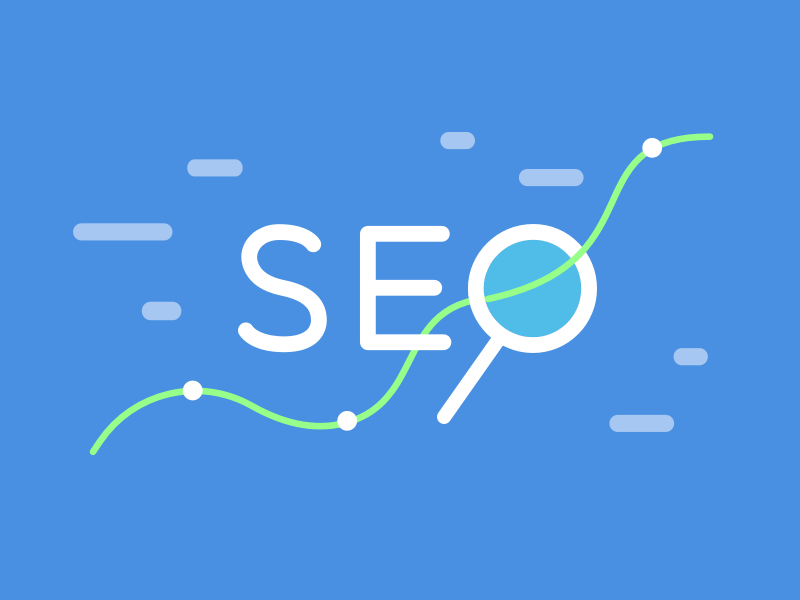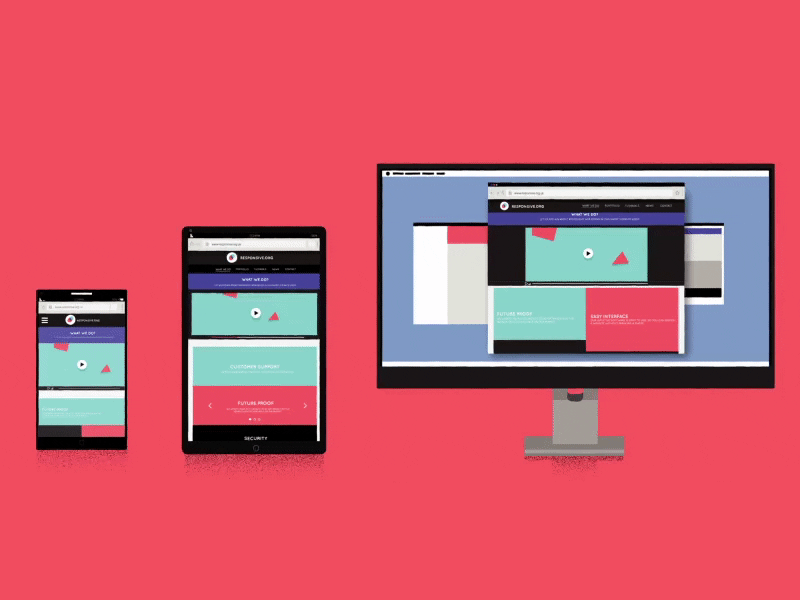
Yes, people still hire web designers.
In today’s digital age, the need for professionally designed websites remains significant.
Businesses recognize the importance of website designers in creating a well-designed web page.
A well-designed online presence is crucial for attracting, engaging, and retaining customers.
While there are numerous DIY website builders available, the expertise, creativity, and customization offered by professional web designers are unmatched.
Let’s explore the factors contributing to the sustained demand for web designers.
Importance of Professional Web Design
- First Impressions Matter: A website often serves as a brand’s first point of contact with its audience, making a strong, positive impression crucial.
- Customization: Web designers provide tailored solutions that DIY platforms might not offer, ensuring the website aligns perfectly with a brand’s identity.
Evolving Web Trends
- Keeping Up With Changes: Web design trends change regularly.Professional designers work diligently to stay updated, ensuring the websites they create are modern, engaging, and meet the needs of their clients.
- Adapting to Tech Innovations: Web designers need to incorporate new features like AR/VR, chatbots, or AI-driven functionalities as technologies evolve.
User Experience (UX) and User Interface (UI)
- Optimal User Experience: Good UX leads to increased user satisfaction and loyalty. Web designers ensure websites are intuitive and user-friendly.
- Appealing Visual Interface: An aesthetically pleasing UI can make or break a user’s engagement with a website.
Mobile Responsiveness
- With the increasing number of mobile users, designers need to ensure websites are responsive and mobile-friendly to accommodate this growth.
While technology offers more tools for DIY website creation, the expertise, creativity, and strategic insight provided by professional web designers remain invaluable.
Their role in shaping the online presence of brands ensures that web designers continue to be in demand.












